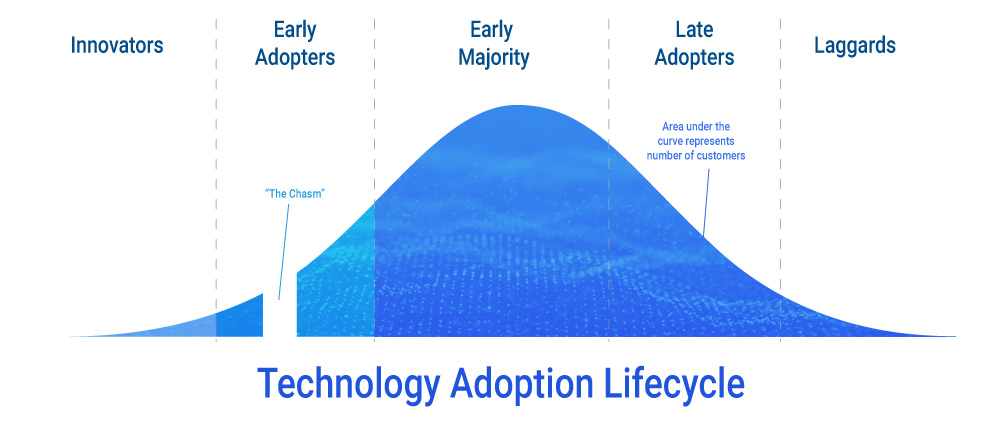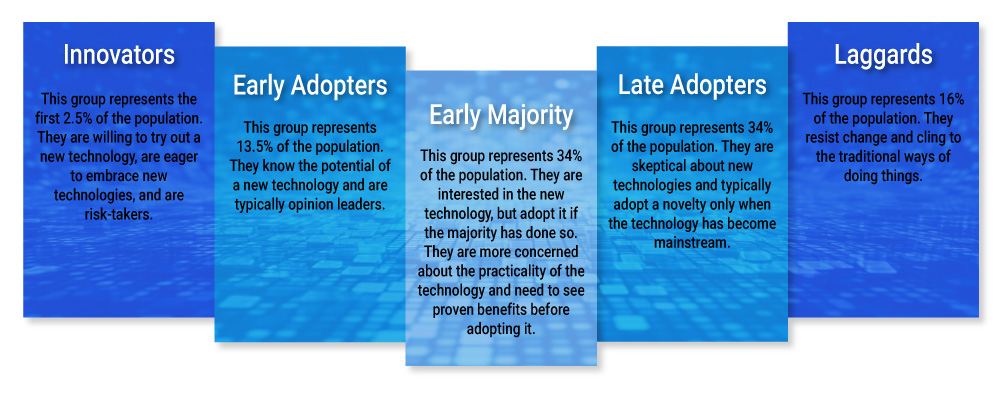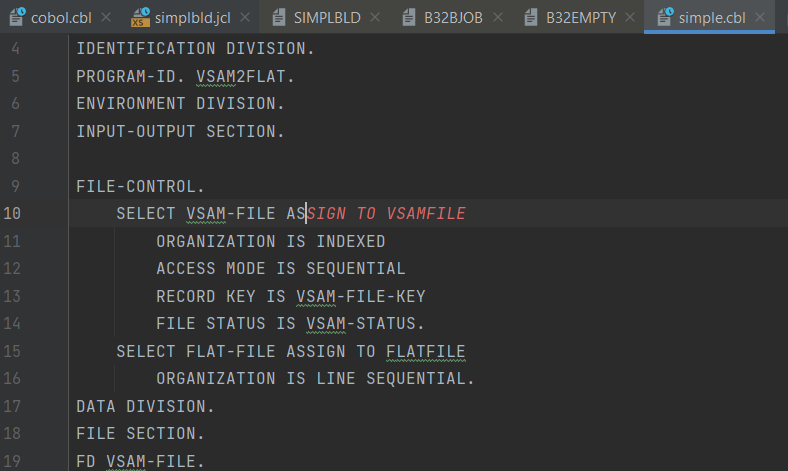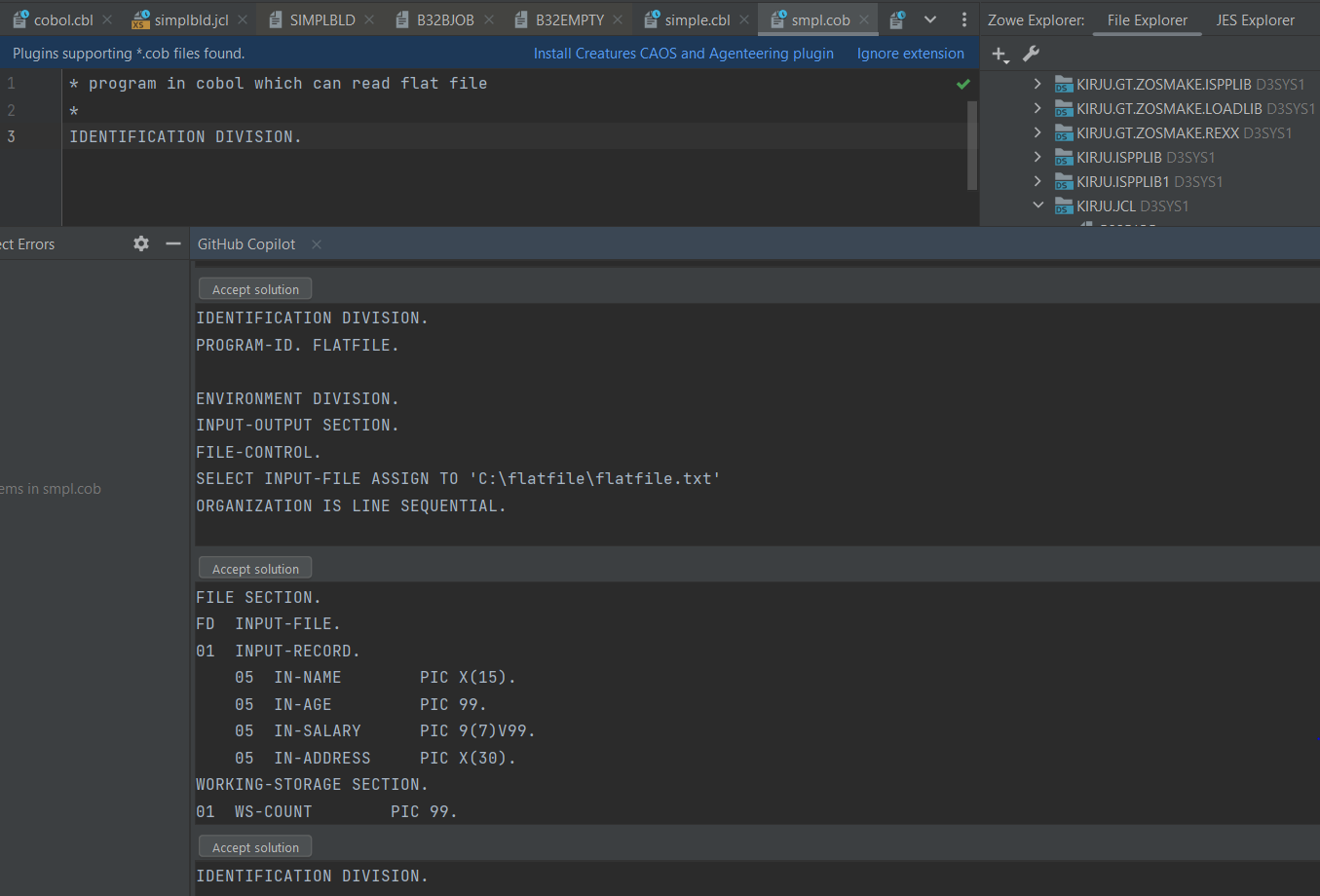5 Steps to Help Your COBOL Team Adopt Modern Mainframe Stack

Author: Yuliya Kirkorava
Navigating the Challenges
As technology continues to evolve, new tools and technologies are emerging in the market. Mainframe teams must keep up with these advancements to remain relevant in the fast-changing business environment. However, the adoption of new technologies by mainframe teams can be quite challenging, and organizations must adequately plan and execute these changes to take advantage of their benefits.
Here are some of the key challenges that COBOL teams face when adopting new technologies:
- Legacy Infrastructure: While there is a push towards mainframe modernization and migration to newer technologies, many companies still rely on their legacy infrastructure to run critical business applications because mainframes and COBOL code are stable and reliable, and because many of these applications have been refined and optimized over decades of use. However, there are challenges associated with maintaining and updating legacy mainframe infrastructure, including a dwindling pool of experienced COBOL developers, security concerns, and the need to integrate with new platforms and applications.
- Legacy Platforms: Mainframe teams run into problems when adapting to modern development platforms. These platforms may require new development skills and practices that are beyond the scope of your mainframe team.
- Data Integration: Modern data integration often requires applications to expose APIs. However, many legacy COBOL applications do not have built-in APIs, making it challenging to leverage new technologies such as AI/ML and cloud computing.
- Security: Mainframes are renowned for their high security and data privacy capabilities. However, with new technologies, mainframe teams must ensure that they maintain this high level of security while utilizing modern development tools and practices.
Despite these challenges, COBOL teams can implement new technologies effectively by taking a planned and systematic approach. Here are some of the strategies that organizations can adopt:
- Collaborate: Organizations should encourage collaboration between COBOL teams and other development teams in the organization. For example, bringing DevOps culture to the COBOL team requires a shift in mindset. Collaboration between development, operations, and testing teams is crucial for effective DevOps implementation. Encourage open communication and collaboration between these teams.
- Training and Upskilling: COBOL teams may need training on new tools and methodologies from distributed world. Providing the right training can help everyone feel comfortable with new processes and techniques.
- Testing: Testing is an essential aspect of adopting new technologies within mainframe COBOL teams. Organizations should invest in comprehensive testing to ensure that modern development practices and tools integrate seamlessly with legacy infrastructure.
Technology Adoption Lifecycle (TALC)
The Technology Adoption Lifecycle (TALC) was first proposed by sociologist Everett Rogers in 1962 in his book “Diffusion of Innovations”. The TALC describes the stages that a new technology goes through from its introduction to the market to its widespread adoption by users. Rogers’ theory has been widely applied to a variety of fields, including marketing, economics, and innovation management.

Frequently, an innovation is adopted first by a small group of innovators, followed by early adopters, early majority, late majority, and finally, laggards.
Let’s apply this theory to mainframe COBOL development (or PL/I) teams that have to deal with legacy applications and process upgrades. As a rule, such teams consist of experienced COBOL developers, have established work processes, and do not want to change anything in their work.

1.Find Innovators and Start Small
For many experienced COBOL developers, new technologies can be intimidating. Start small, introducing new tools and technologies gradually and only for those developers who are open to innovation (remember, there are about 2.5% of such people). Start with a small pilot project to demonstrate how new technologies can work with the existing system. This approach allows COBOL developers to become familiar with a new technology without being overwhelmed.
2.Provide Adequate Training for Early Adopters
Inadequate training is one of the biggest barriers to technology adoption. Organizations should invest in comprehensive training programs for mainframe developers to understand the concepts of new technologies and their practical uses. Online courses, seminars, and webinars are popular learning options that provide an interactive learning experience. However, even after having training, COBOL developers do not rush to introduce new processes. It is important to have repeated training, so that COBOL developers get used to the idea that introduction of new processes boosts productivity and efficiency. At this stage, it is important to hear and share experiences with Innovators. If we win buy-in from opinion leaders, we will get support of a very important group of people who will become Early Adopters.
3.Collaboration for Early Majority
Encourage collaboration between COBOL developers and other development teams to grow together and learn from one another. This may sparkle communication amongst different development teams and push for an organizational culture that values cross-functional collaboration.
4.Address Concerns of Late Majority
In order to convince other Сobol developers to embrace new technologies and processes, organizations need to address the challenges associated with adopting new technologies. One of the methods is to prepare a report or presentation that highlights the benefits and potential risks of introducing new technologies. If you listen to the people’s concerns and demonstrate a willingness to address these, you can build trust within the team, contributing to a smoother rollout.
5.Success
Of course, there will always be developers who are unwilling to embrace innovation and changes in the organization. If they amount to less than 15% of the development team, consider it as your success. Probably, these people need more time to get used to new processes, or to work through all their doubts and anxieties once again. Recognizing the success of a team may improve morale and drive better results.
Our Use Case for Adoption of GitHub Copilot in COBOL Teams
One of our clients who was struggling to modernize mainframe (their code and workflows), decided to use the above method to adopt GitHub Copilot in their COBOL teams.
We talked to the teams, discussed the advantages and disadvantages of modern AI tools, and concluded that we could give it a try, though many team members, especially experienced COBOL developers, were skeptical. To our advantage, several young employees were open to innovation and motivated to do something new.
So, we found Innovators.
The Innovators began experimenting with using Copilot in coding. They were amazed at how much time it saved them and how it helped them spot bugs they might have missed before. The AI tool also made suggestions for code updates that would improve performance and speed them up.
The Innovators shared their findings and views with the rest of the mainframe team at demo meetings over the course of a couple of months. Everyone was interested to know the opinion of the Innovators, but the rest of the COBOL team was in no hurry to change their approach to work.

Finally, we decided to organize a hands-on meeting where each team member could try installing and working with GitHub Copilot. To do this, one of the Innovators shared his screen and showed step-by-step how to install and use the AI tool within his preferred IDE – Intellij IDEA.
After the meeting, we received positive feedback from experienced COBOL developers, saying they would not mind starting to use the Github Copilot tool in their work. They wanted to see in practice how much Copilot would help or hinder their work. They became our Early Adopters!

As the Early Adopters began to trust Copilot more, they began to use it in their daily lives. They even started teaching other members of the COBOL team how to use the tool. Soon, other team members started using COBOL (Early Majority). GitHub Copilot has become an integral part of their coding process.
There are still skeptics (Late Majority) who find more and more reasons why they do not want to change their work process. Irrespective of this, we are positive, and we are sure that over time, the whole team will be open to innovation and the adaptation process will be easier.
In conclusion, the adoption of new technologies in any mainframe teams is a complex process that requires careful planning and good execution. Organizations that start innovating with the right people and invest in training, collaboration, and testing strategies can seamlessly integrate modern tools and technologies with legacy mainframe infrastructure to meet the changing business needs and stay ahead of the competition.